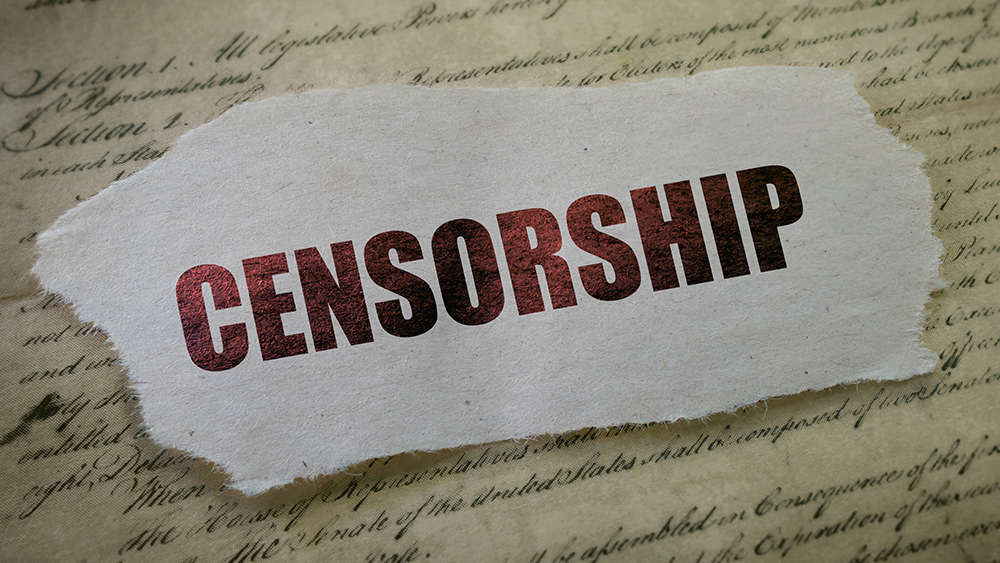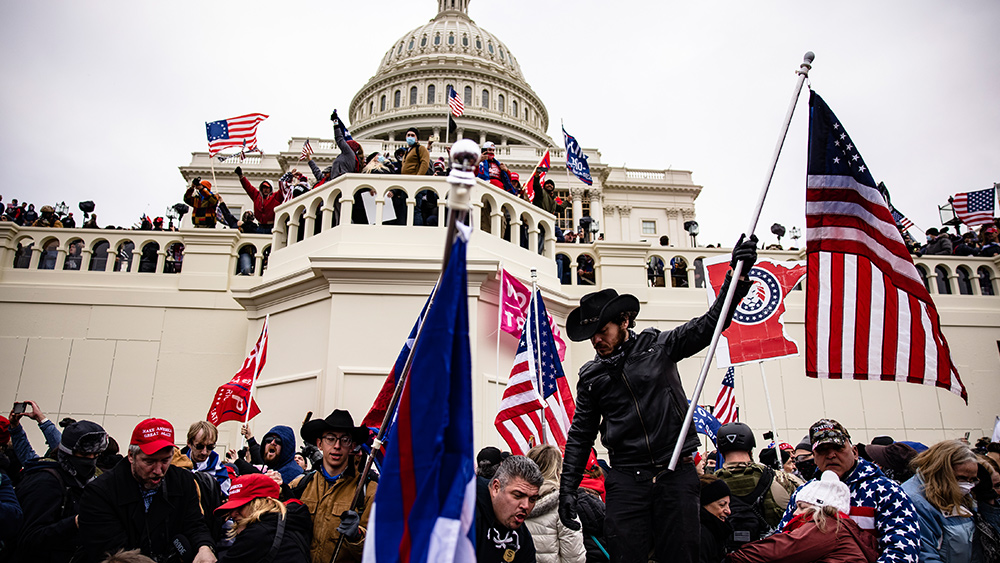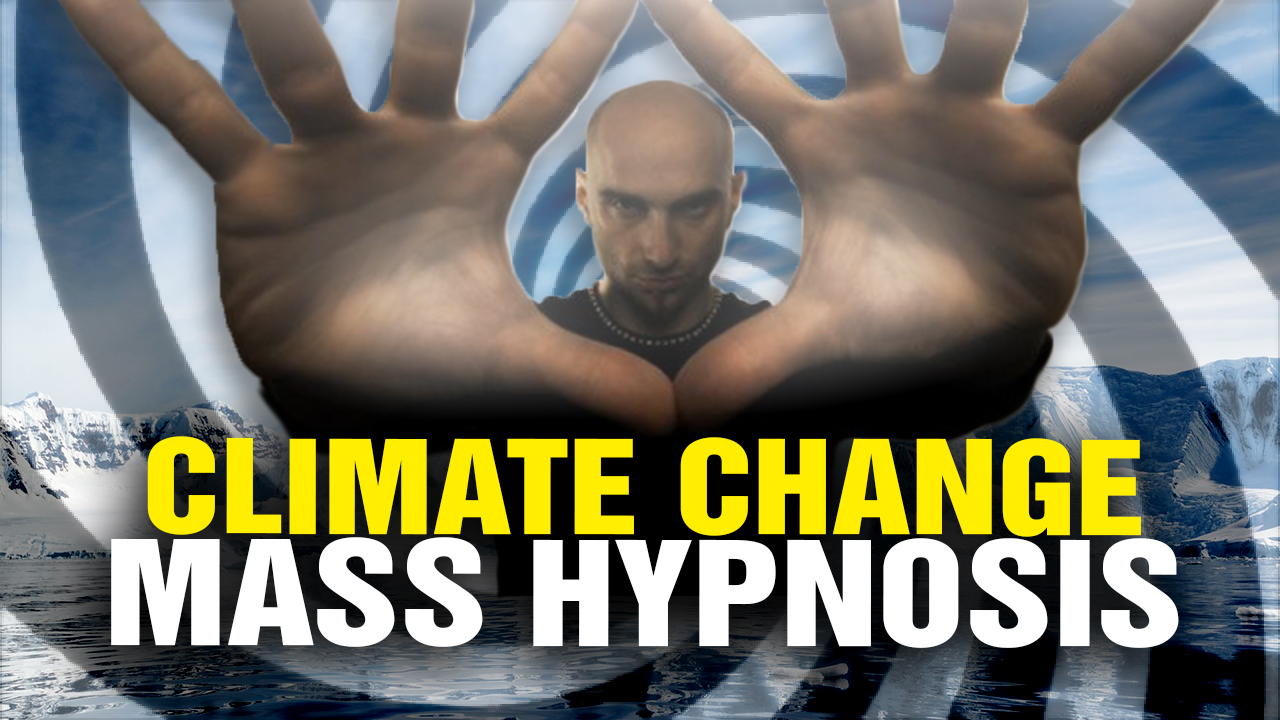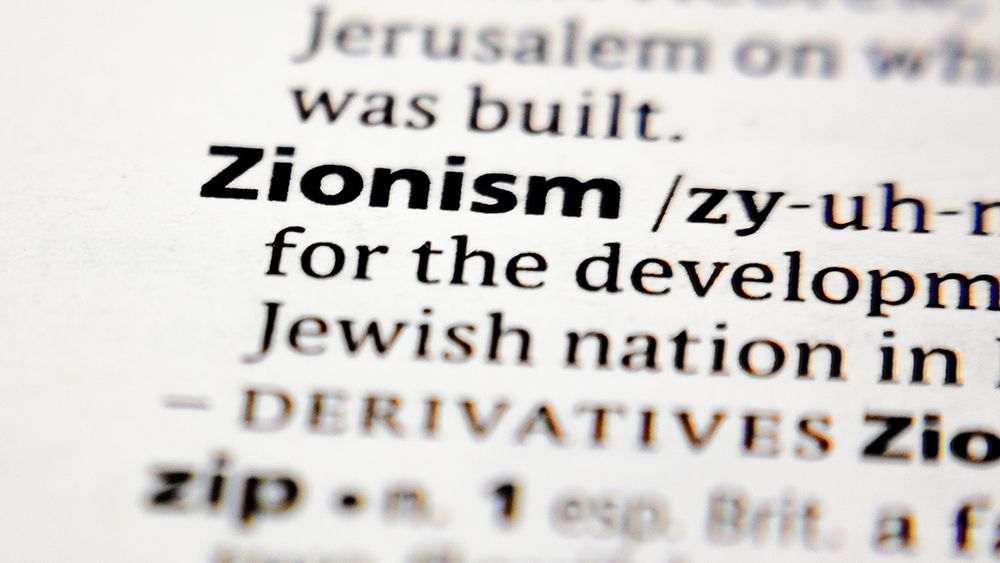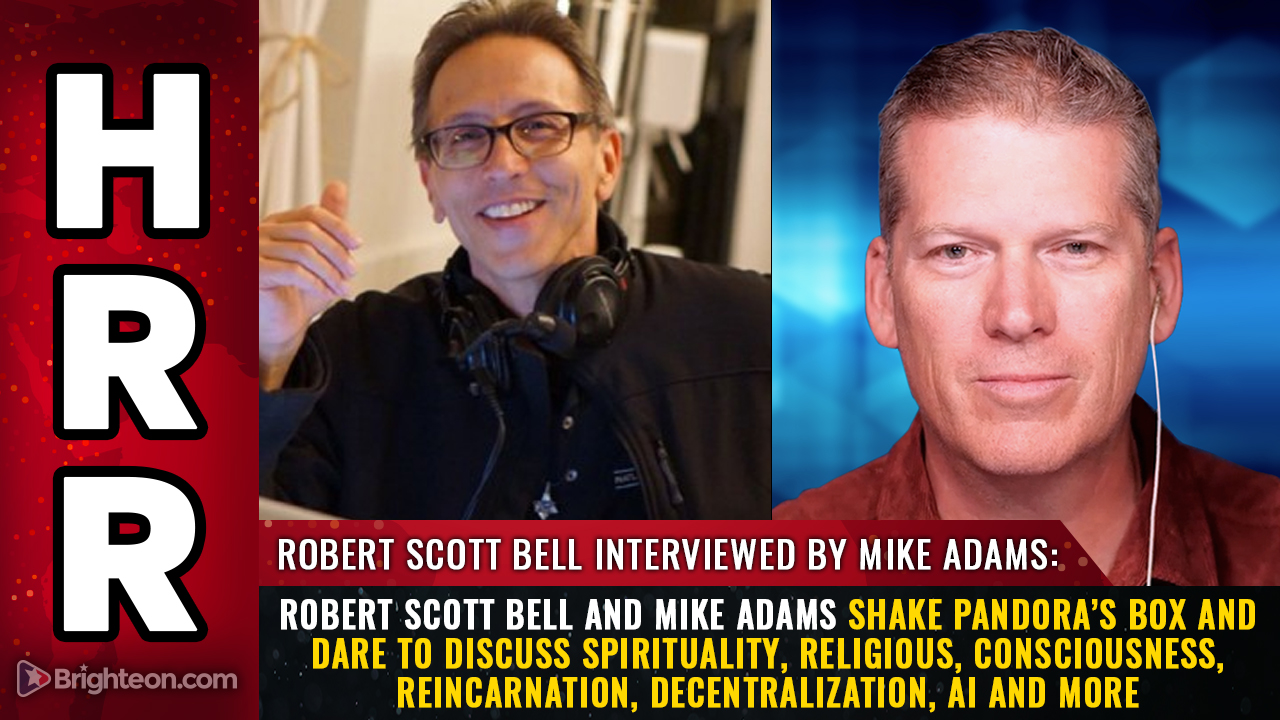The fight for free speech: Substack stands firm against censorship pressure
04/29/2025 / By Willow Tohi

- Substack faces accusations from legacy media and activists for allegedly hosting extremist content, though critics argue the real motive is silencing dissent in a polarized media landscape.
- Leadership, including co-founder Hamish McKenzie, opposes censorship, arguing it stifles open debate. The platform has become a refuge for independent writers bypassing corporate media bias.
- Critics demand stricter moderation, using tactics similar to past campaigns. Substack rejects this, upholding free expression despite pressure.
- Legacy media, struggling with declining influence, sees Substack’s subscription-based model as a threat to narrative control. Independent writers bypass gatekeepers, undermining traditional revenue and power structures.
- Attacks on Substack reflect a larger decline in free-expression norms, with progressive institutions and tech platforms increasingly favoring censorship. Substack’s resilience tests whether independent discourse can survive corporate and activist pressure.
In an era where digital censorship has become a defining issue, Substack, the popular subscription-based publishing platform, is facing intensified scrutiny for its unwavering commitment to free speech. Recent accusations—primarily from legacy media outlets and progressive activists—claim the platform harbors extremist content, including alleged “Nazi” sympathizers. The controversy, however, appears less about genuine concerns over hate speech and more about silencing dissent in an increasingly polarized media landscape.
Substack’s leadership, including co-founder Hamish McKenzie, argues that censorship only exacerbates societal divisions while stifling open discourse. As traditional media institutions continue to decline in public trust, Substack has emerged as a critical space for writers, journalists and independent thinkers seeking to bypass corporate editorial bias. Yet this independence has made it a target—one that may shape the future of free expression in the digital age.
The censorship playbook
The controversy follows a well-worn script: activist journalists claim a platform enables harmful ideologies, demand bans and threaten boycotts unless content restrictions are implemented. The Guardian recently amplified these concerns, framing Substack’s free-speech stance as tacit support for extremists. Substack’s detractors, including high-profile writers like Platformer’s Casey Newton and The Sword and the Sandwich’s Talia Lavin, insist the platform must adopt stricter moderation—or else.
Substack’s response has been consistent: it opposes censorship on principle. As McKenzie stated in December 2024, the company “doesn’t like Nazis” but views demonetization and deplatforming as ineffective solutions. “The problem,” he argues, is not misguided speech but the erosion of open debate in favor of ideological conformity.
The backlash mirrors efforts to silence vaccine skeptics during the pandemic, when major social platforms like Facebook and Twitter aggressively censored dissenting views—often with flawed or politically motivated justifications. Now, Substack’s refusal to follow suit has positioned it as one of the last refuges for unfiltered discourse.
Who benefits from silencing Substack?
Critics frame their objections in moral terms, but financial and political incentives are hard to ignore. Traditional media, facing dwindling subscribers and ad revenue, increasingly relies on narrative control to maintain influence. Independent voices threaten this model—especially when they bypass gatekeepers to connect directly with audiences.
Substack’s subscription-based approach empowers writers financially while reducing reliance on advertisers, making censorship harder to enforce. Unlike Facebook or X (formerly Twitter), where algorithmic suppression can quietly marginalize dissenting views, Substack’s direct-payment system ensures creators answer to readers, not corporate overseers. This independence has drawn ire from activists who prefer top-down control.
As media scholar Jeff Jarvis notes, “Substack proves that audiences will pay for content they value—even when it challenges establishment dogma.” Yet for those invested in maintaining a monolithic media narrative, such diversity of thought is dangerous.
Free speech under siege
The attacks on Substack are part of a broader decline in free expression norms. Once a bipartisan principle, free speech has become politicized, with progressive institutions now leading calls for “responsible” censorship in the name of safety. The ACLU, which once defended neo-Nazis’ right to march in Skokie, Illinois, now equivocates on speech issues, while universities disinvite controversial speakers under pressure.
Silicon Valley’s role in this shift cannot be overlooked. Since 2016, platforms like Facebook and Twitter have implemented increasingly aggressive moderation policies, often targeting conservative and heterodox voices. Elon Musk’s takeover of X briefly reignited hope for open discourse, but legacy media and activist groups continue to lobby for reinstated restrictions.
Substack, by contrast, represents a rare counter-movement. Its success hinges on trust between creators and consumers—a radical departure from the outrage-driven economics of social media.
Can Substack hold the line?
Pressure campaigns rely on attrition—wear down a company’s resolve until it capitulates. For now, Substack’s leadership insists it won’t “go wobbly,” but the financial and reputational costs of resistance are real. If major creators flee, the platform’s growth could stall. Conversely, if Substack folds, it would signal that even the most resilient independent outlets can be bullied into compliance.
The outcome will reverberate beyond Substack. As McKenzie told “The Good Fight” podcast, “Free speech and freedom of the press are fundamental to protecting great culture and giving power to the powerless.” If independent media cannot survive without corporate or governmental approval, the digital public square will grow poorer—and quieter.
A test case for the future of dissent
The assault on Substack is not really about Nazis. It’s about who controls discourse in the 21st century. Will readers decide what ideas are worth engaging with, or will a handful of activists and legacy institutions dictate the boundaries of acceptable speech?
For now, Substack remains a bulwark. But its survival depends on whether writers and subscribers recognize what’s at stake—and whether they’re willing to fight for it. In an age of manufactured outrage and algorithmic suppression, that may be the most subversive idea of all.
Sources for this article include:
Submit a correction >>
Tagged Under:
biased, deep state, First Amendment, free press, free speech, Glitch, Hate speech, Liberty, speech police, Suppressed, thought police
This article may contain statements that reflect the opinion of the author
RECENT NEWS & ARTICLES
COPYRIGHT © 2017 BIASED NEWS



